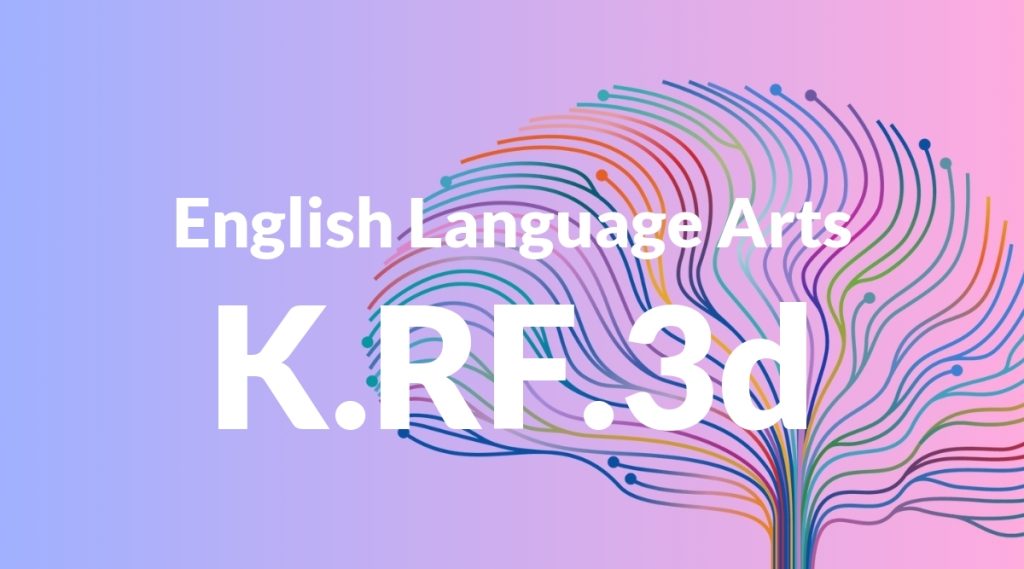Standard: K.RF.3d – Distinguish between similarly spelled words by identifying the sounds of the letters that differ.
Grade level: Kindergarten
Subject: English Language Arts
Domain: Reading: Foundational Skills
Teacher Overview
This standard focuses on helping students distinguish between words that are spelled similarly by identifying the different sounds of the letters. It is crucial for developing early reading skills and lays the foundation for more advanced literacy. Students should know the alphabet and the basic sounds of each letter. They should also be familiar with simple word recognition.
After mastering this standard, students will be able to read more complex words and sentences and will have improved their spelling and overall reading fluency.
Common Misconception 1
A common misconception is that similarly spelled words are pronounced the same, which can lead to confusion in reading and spelling.
Intervention 1
Phonics exercises that emphasize the different sounds of letters in similar words can help students overcome this misconception.
Common Misconception 2
Another misconception is confusing the sounds of letters that look similar, such as ‘b’ and ‘d’, which can hinder reading fluency.
Intervention 2
Using visual aids and hand movements to differentiate between similar-looking letters can help students overcome this issue.
Prerequisite Knowledge
Students should have a basic understanding of the alphabet and the common sounds associated with each letter.
Subsequent Knowledge
Students will develop the ability to read more complex words and sentences, improve their spelling skills, and enhance their overall reading fluency.
Instructional Activities
- Phonics games that focus on differentiating sounds
- Flashcard exercises to practice identifying different letter sounds
- Reading simple sentences and identifying words that sound similar but have different meanings
- Interactive reading sessions where students point out differences in similar words




